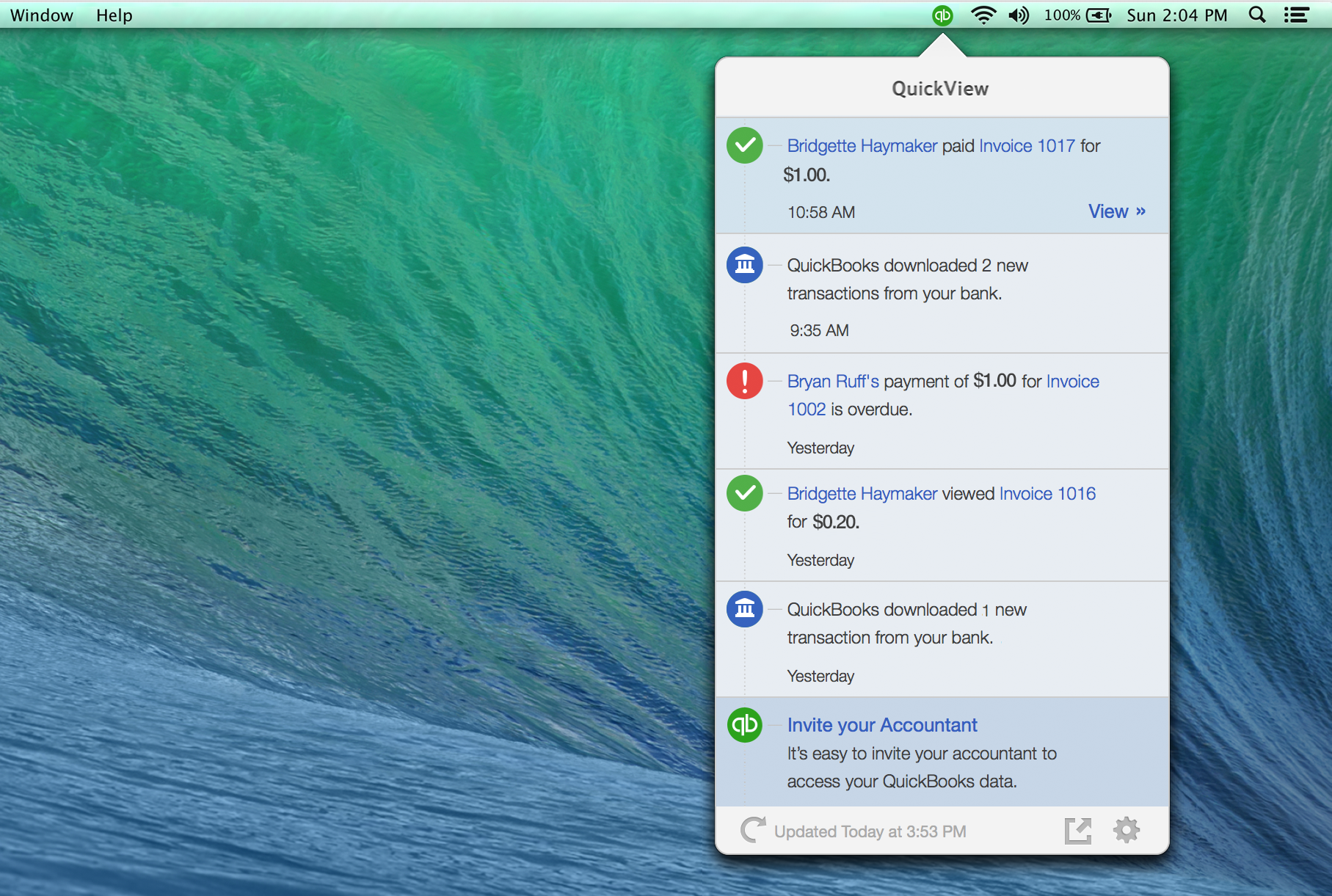

Hence, the allowance account after writing off will remain as a debit balance of USD 500 (2,000-1,500).Īssuming the estimated losses from bad debt at the year-end of 2020 is USD 3,000, the company will need to make an allowance for doubtful accounts of USD 3,500 (3,000 + 500) in the adjusting entry. had the allowance for doubtful accounts of USD 1,500 on the credit side before writing off Mr. However, the balance will be back to be normal after adjusting entry for bad debt because the company will add the debit balance to the required balance in the adjusting entry.įor the example above, assume the company ABC Ltd. This is a case in which the write-off amount is more than the balance of allowance doubtful accounts. It is useful to note that after writing off accounts receivable, the balance of allowance for doubtful accounts, which is on the credit side in nature, may stay on the debit side instead. In this case, the company can make the journal entry of accounts receivable write-off as below: Account Debit Credit Allowance for doubtful accounts 2,000 Accounts receivable 2,000 D’s account with the receivable balance of USD 2,000. Exampleįor example, on September 05, 2020, the company ABC Ltd. This is because the write-off reduces the same amount of both accounts receivable and allowance for doubtful accounts. Likewise, the net realizable value in the balance sheet remains the same. This is due to the company has already recognized expenses when it makes allowance for doubtful accounts in the adjusting entry for the estimated losses from bad debt or uncollectible accounts. In this case, writing off accounts receivable affects the balance sheet only nothing changes to the income statement. Account Debit Credit Allowance for doubtful accounts 000 Accounts receivable 000 When the company writes off accounts receivable under the allowance method, it can make journal entry by debiting allowance for doubtful accounts and crediting accounts receivable. Write off accounts receivable journal entry Allowance method In this case, the company will have to make bad debt expense on the debit side of the journal entry while crediting accounts receivable to remove the written-off account from the balance sheet. However, sometimes the company doesn’t have the allowance for doubtful accounts as it follows the direct write off method instead. This is the case in which the company uses the allowance method for an estimate of losses from bad debt. Usually, a write-off will reduce the balance of accounts receivable together with the allowance for doubtful accounts. When the company writes off accounts receivable, such accounts will need to be removed from the balance sheet. In this case, the company may decide to write off the receivables of those accounts from its accounting record.Ī write-off is an action of the elimination of a particular customer’s account balance due to the uncollectibility of receivables. However, there may be still some accounts that are still uncollectible even after applying those methods.

The company may use many methods, such as sending letters, making calls, and taking legal action, to collect the receivables that are past due.


 0 kommentar(er)
0 kommentar(er)
